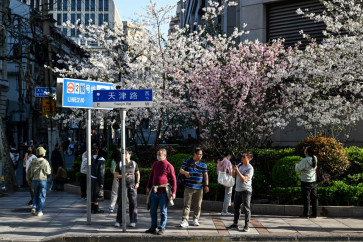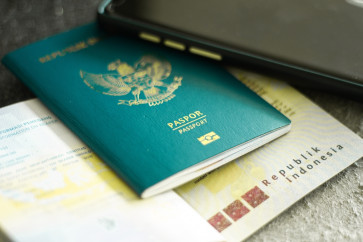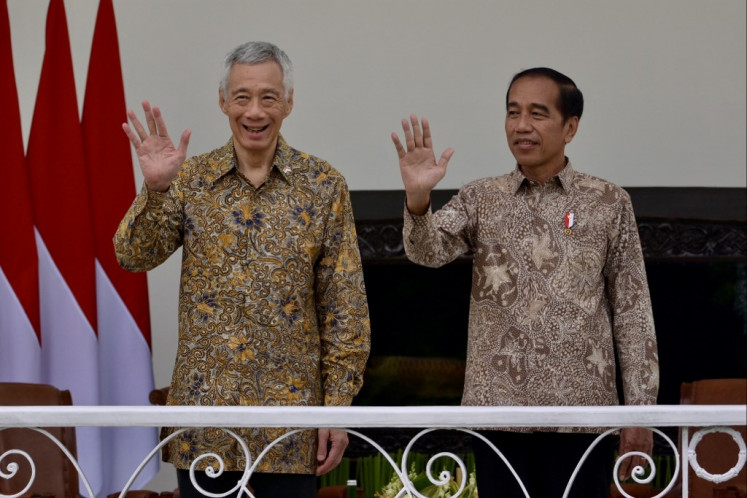Hundreds of kimonos, wartime batik coming to town
City residents who love historical and traditional textiles can expect a treat at the newly renovated Textile Museum in Tanah Abang, Central Jakarta, this weekend as hundreds of Japanese kimonos and various traditional Indonesian textiles will be on display
Change Size

C
ity residents who love historical and traditional textiles can expect a treat at the newly renovated Textile Museum in Tanah Abang, Central Jakarta, this weekend as hundreds of Japanese kimonos and various traditional Indonesian textiles will be on display.
The city administration, the Indonesia-Japan Friendship Association and several other cultural groups are organizing the Indonesia-Japan Textile Exhibition, which ends Dec. 13.
The entrance fee to see the collection is only Rp 2,000.
Visitors to the museum will be greeted by the sight of two shibori (tie-dyed cloth) created by artisans from Kyoto, the cultural capital of Japan. Each 19.5-square-meter shibori depicts a vista of Kyoto by night, dominated by black and purple.
The works on display include textiles that are not only beautiful but also hold great historical value.
Visitors can see rare Java hokokai batik which were made during the Japanese occupation in 1945. The word hokokai is derived from the name of a Javanese social group established by the Japanese military during the occupation.
Due to the limited cotton supply at the time, the cloth would have two sections with two different patterns, so the wearer could use the same cloth twice in a day.
Triesna Jero Wacik, the wife of Tourism Minister Jero Wacik, said the textiles underlined the friendship between Indonesia and Japan.
"Traditional textiles make up a significant part of our trade with Japan," she said at the exhibition Friday.
Ika Wahyudi from Nurani Budaya, a cultural group involved in the exhibition, said Indonesian batik had been popular in Japan since the colonial era.
Ika showed a 200 years old obi (traditional sash which is tied at the back of a kimono) made from batik.
"This obi was made from Indonesian batik cloth that was exported to Japan by a Japanese-owned batik shop during the colonial era," Ika said. She added that kimonos which were made from batik were very popular in Japan.









